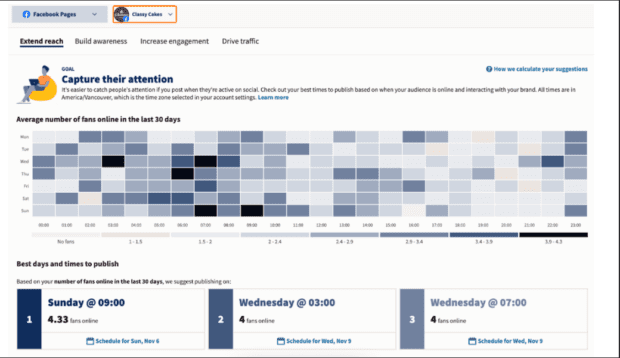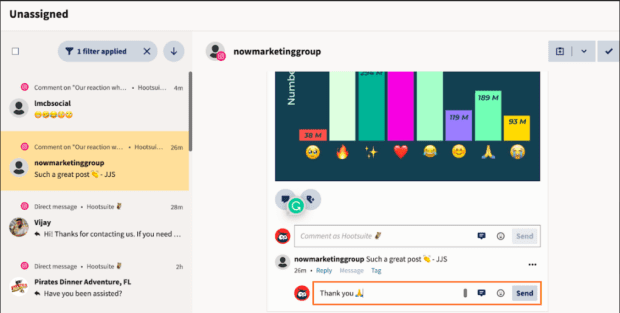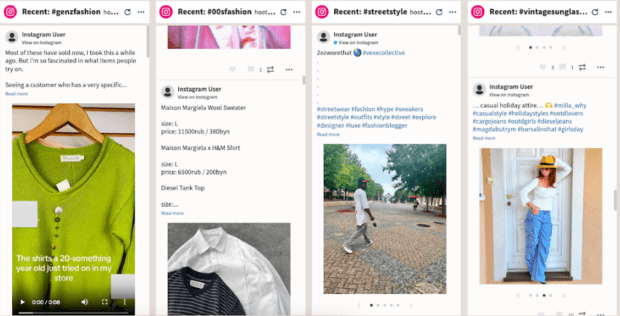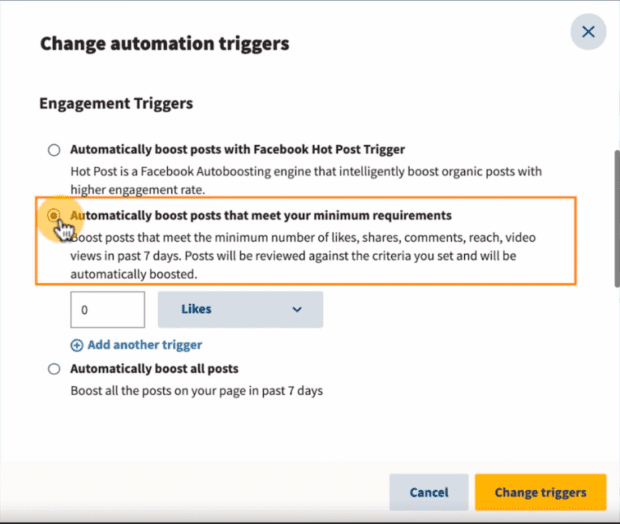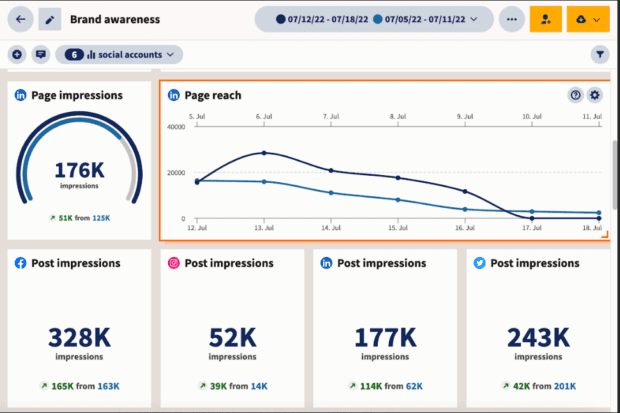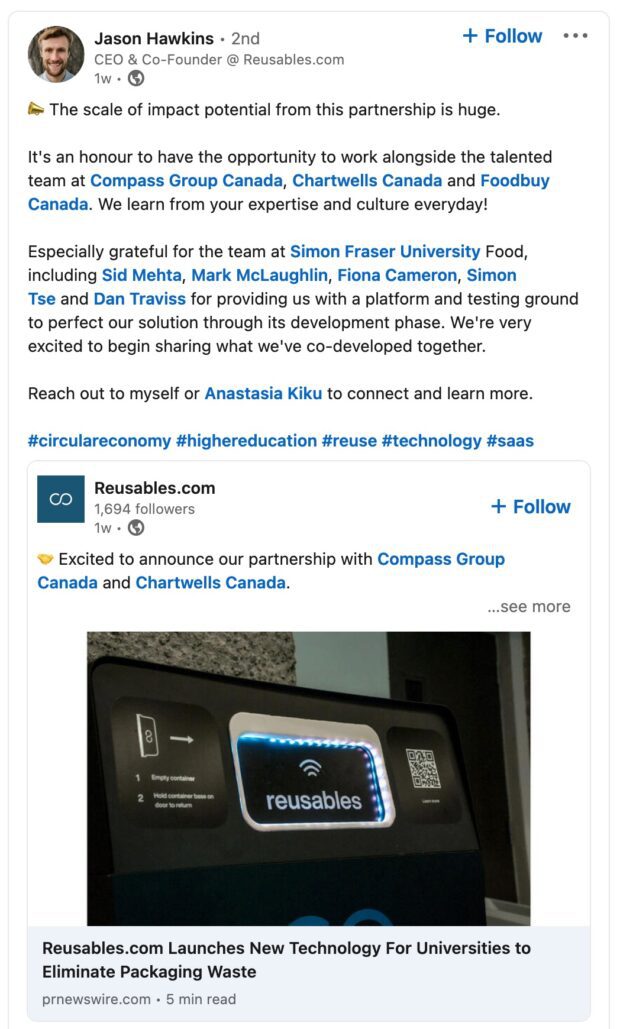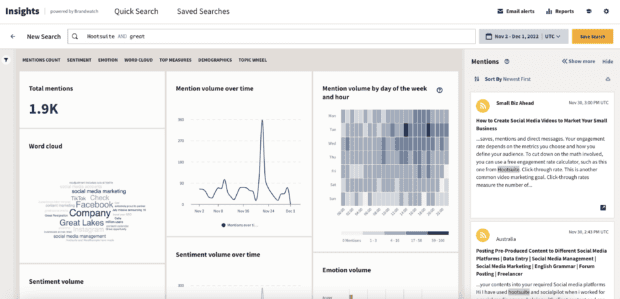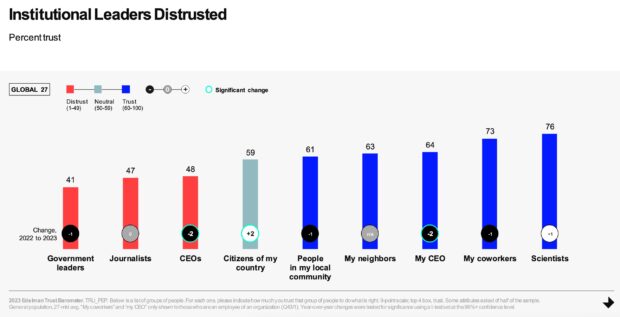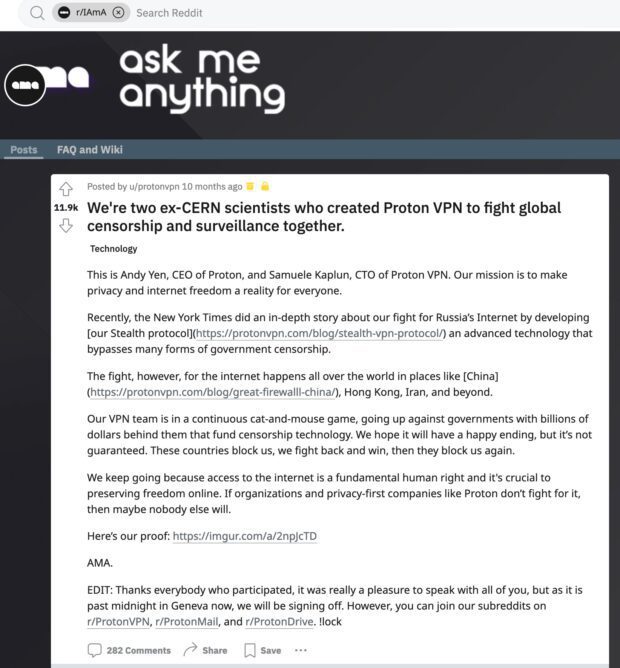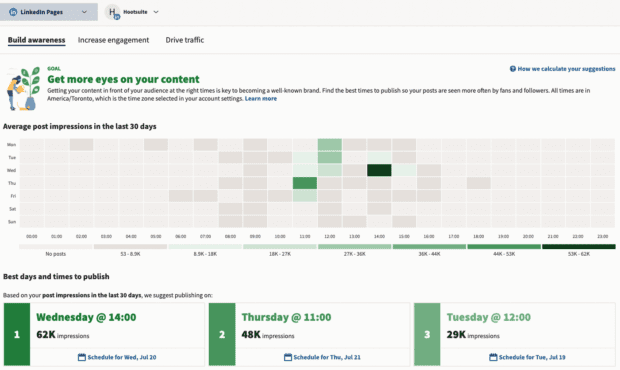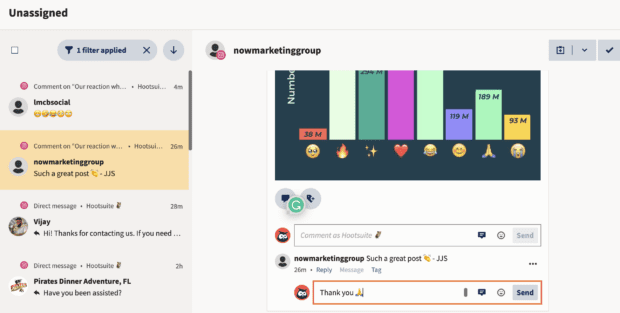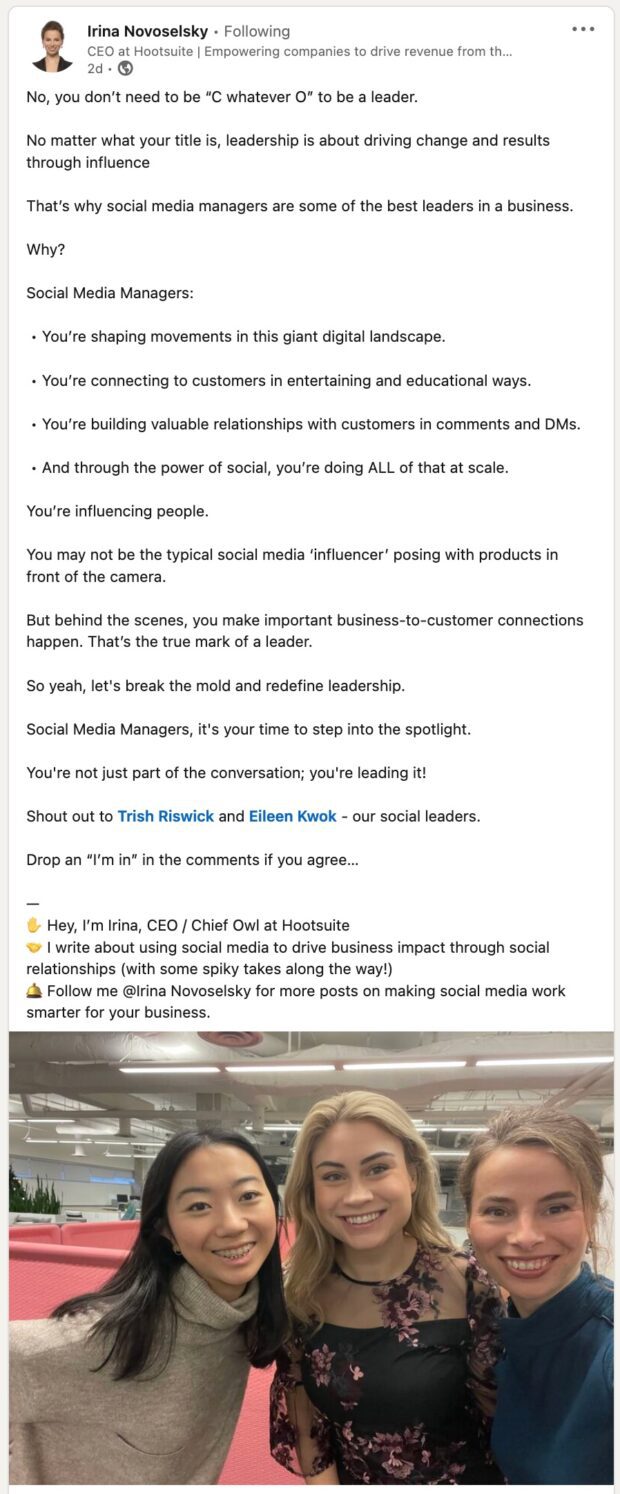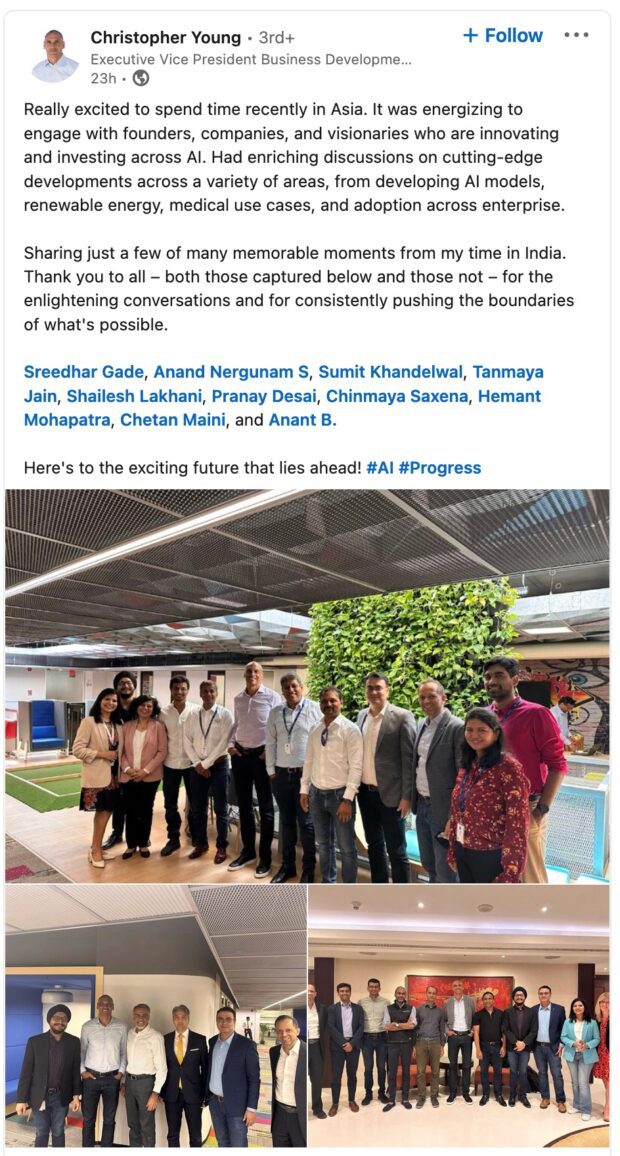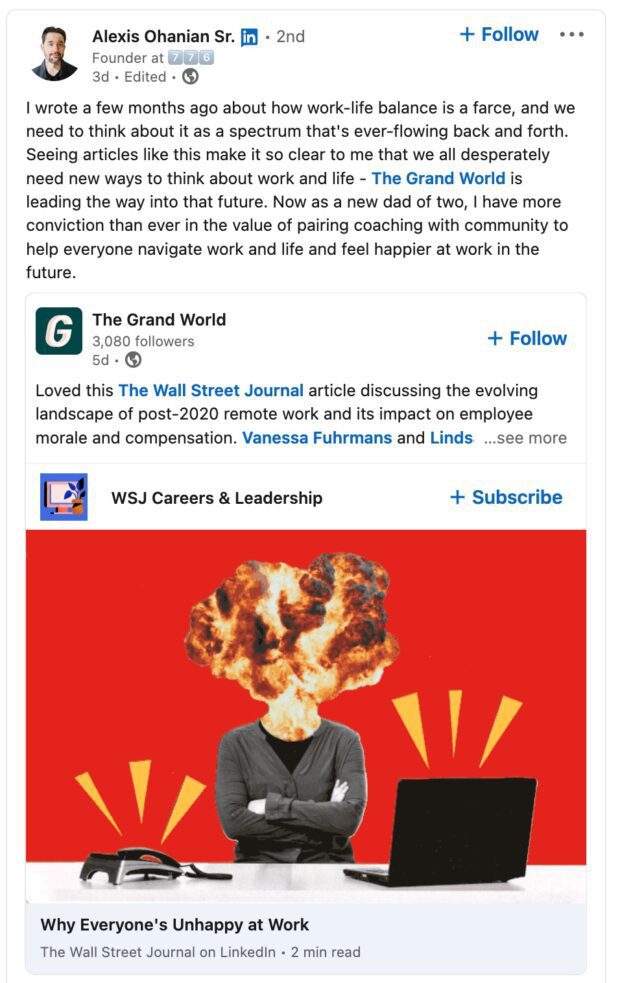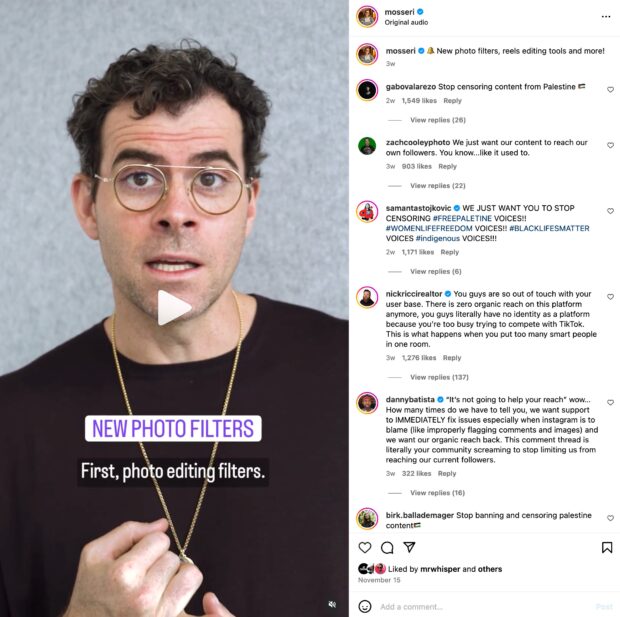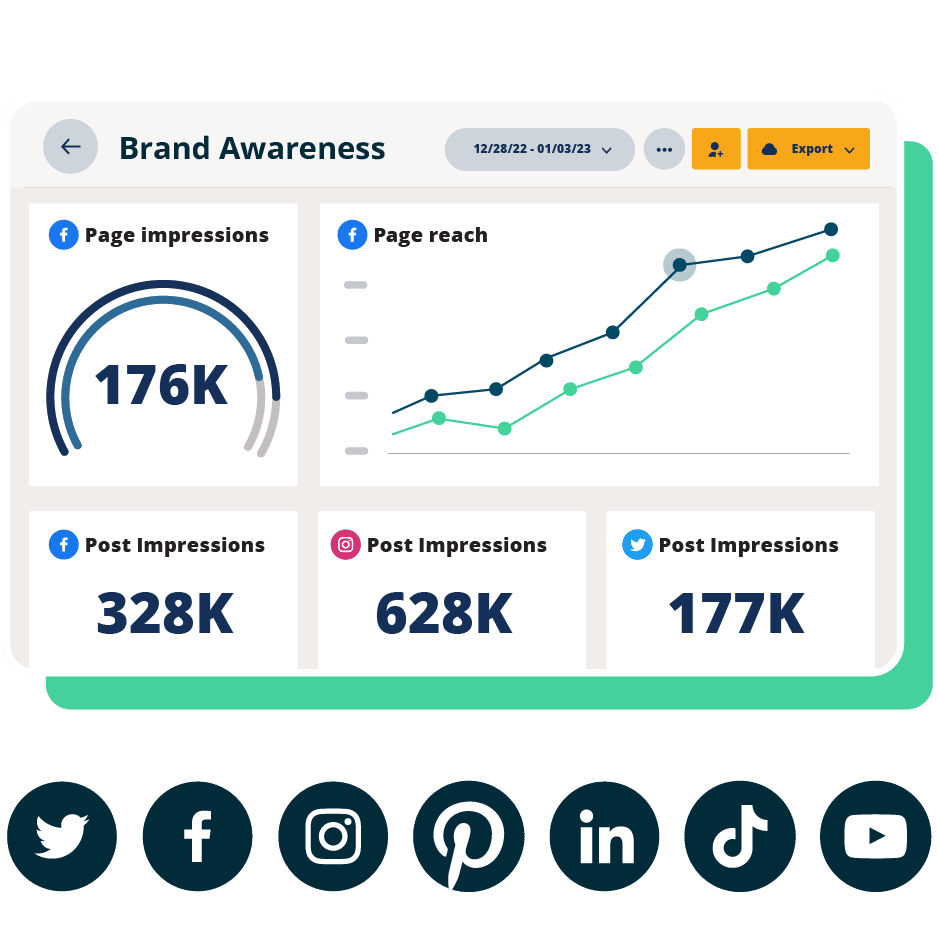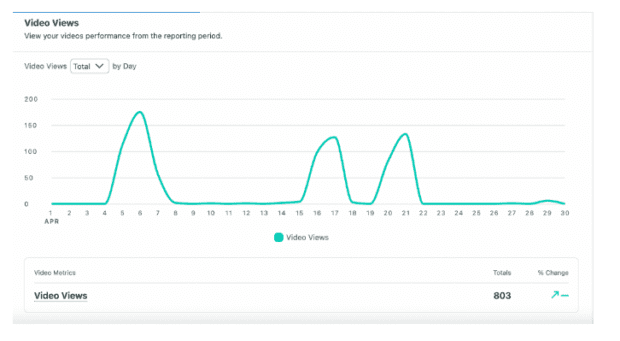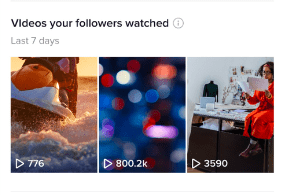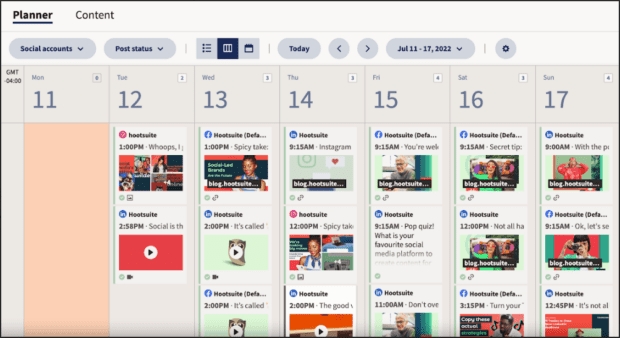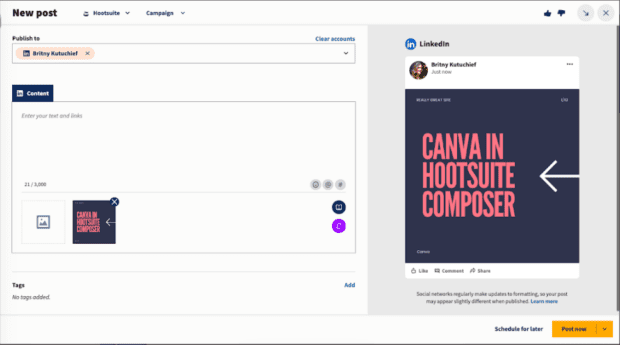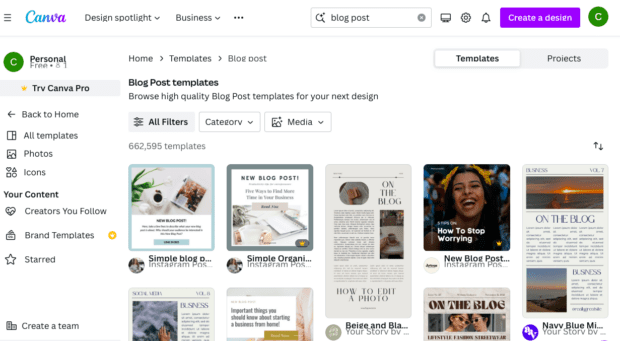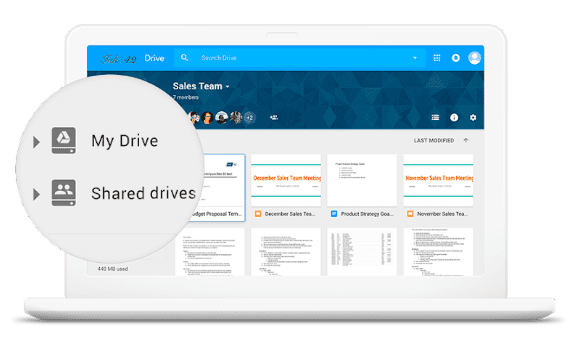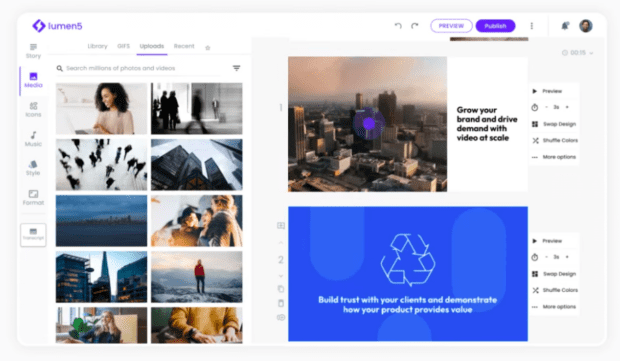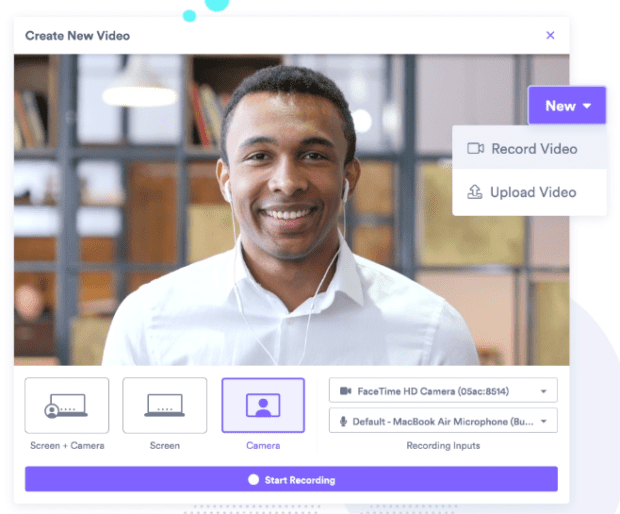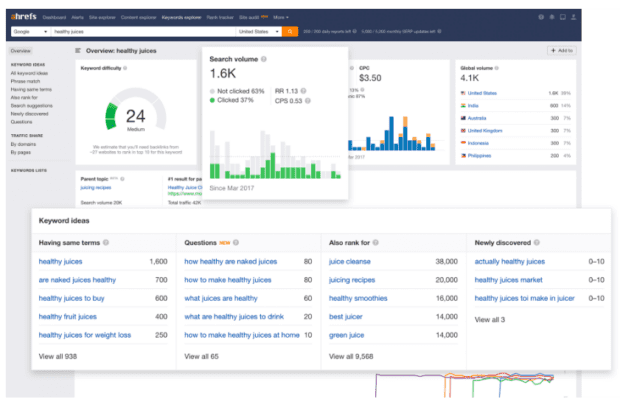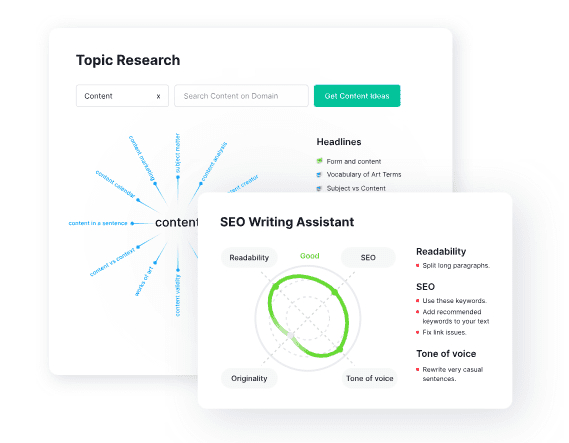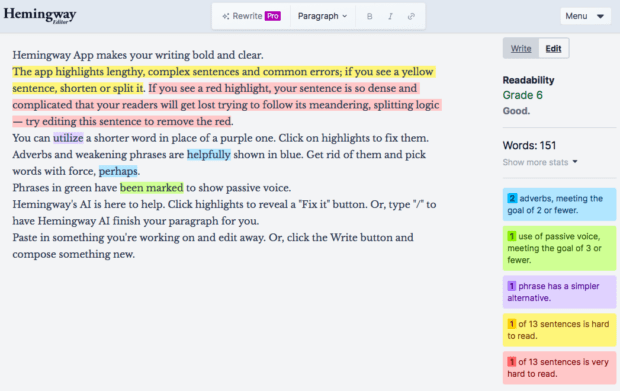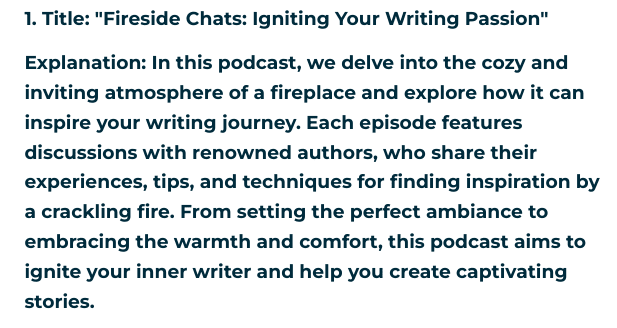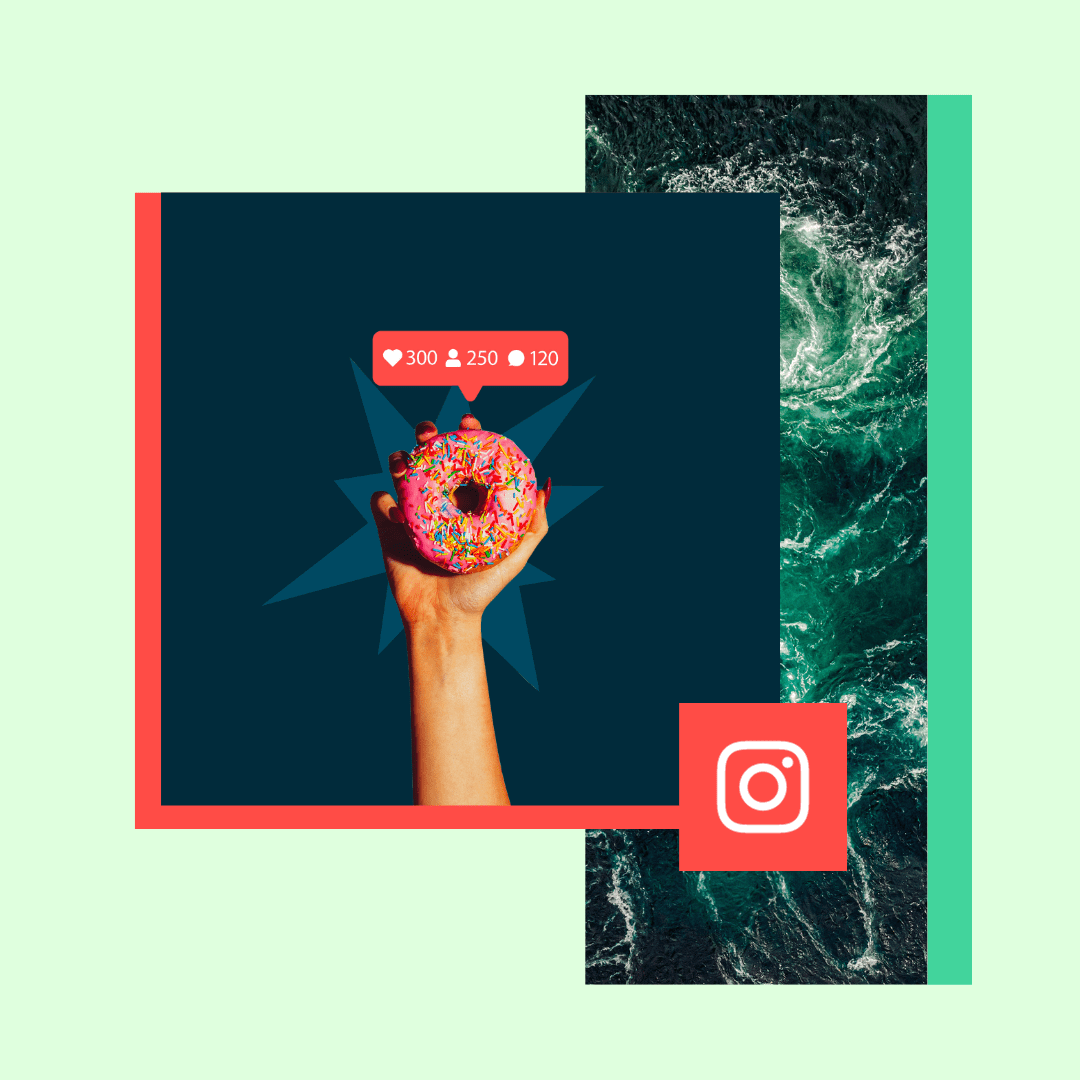3 Tools to Use Instead of LinkedIn Elevate (Now That It’s Gone)
Table of Contents
LinkedIn Elevate shut down as a standalone tool back in December 2020. Ever since, some of its features have been integrated into LinkedIn Company Pages. Some — but not all.
Three years later, employee advocacy is as important as ever – both within LinkedIn and across other social platforms. LinkedIn’s advocacy options built into Company Pages are a great place to start, but they offer limited functionality compared to dedicated employee advocacy tools.
Here’s everything you need to know if your organization is looking for an alternative to LinkedIn Elevate to manage employee advocacy and extend the social reach of your brand.
Bonus: Download a free employee advocacy toolkit that shows you how to plan, launch, and grow a successful employee advocacy program for your organization.
What was LinkedIn Elevate?
LinkedIn Elevate was an employee advocacy product provided by LinkedIn. It was a paid product with robust content curation and analytics features. Page admins could use it to hand-pick content for employees to reshare and easily track the success of their employee advocacy programs with detailed analytics.
And it was working well for the companies that used it. LinkedIn reported that LinkedIn Elevate users shared 5x more content than previously. This allowed them to influence 3x more Company Page views, 2x more Page followers, and 4x more job views.
However, LinkedIn Elevate was sunsetted as a standalone product in 2020. Many of the features were migrated over to Company Pages, where they became free to use. That means many LinkedIn Company Pages now have some basic employee advocacy functionality available at no cost. But the truth is that this embedded free version is not a complete employee advocacy solution.

What is employee advocacy?
Before we go any further, let’s define employee advocacy. In the social marketing context, employee advocacy means that employees share your social content with their own networks to extend the reach of your messaging.
It intuitively makes sense that you would want your employees to be brand evangelists. You want them to love the company they work for and share those positive feelings with their social contacts.
Why do you need employee advocacy?
There are hard numbers to back up the importance of employee advocacy.
First up is trust. Edelman’s annual Trust Barometer consistently finds that people are more likely to trust regular people than CEOs. In the 2023 edition, Edelman found that 63% of people trust their neighbors. And 61% trust people in their local community.
Compare that to the 48% who trust CEOs and the 47% who trust journalists. It’s clear that your message is much more likely to be taken at face value when it comes from a familiar face (or someone in your existing social network).
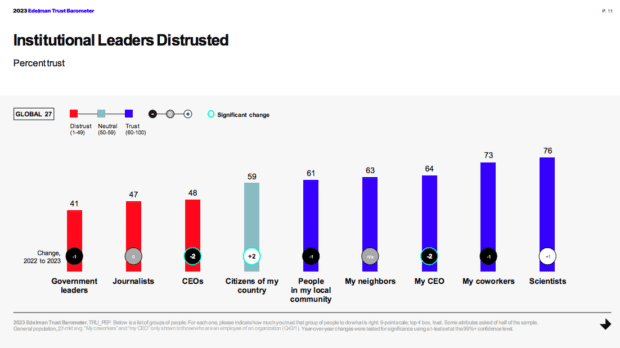


Source: Edelman
Here’s an interesting twist on those stats. While only 48% of people trust CEOs in general, 64% trust “my CEO.” That is, people are much more likely to trust the CEO of the company where they work. A CEO message crafted for employees and then shared on to the broader public gets an extra layer of trust built in.
But the most important way that employee advocacy contributes to brand marketing is the sheer reach of your employees’ networks and the power of their social actions.
For example, Hootsuite’s benchmarking data shows that in December 2023, the average retail brand had:
- 8K followers on Twitter
- 17K followers on Instagram
- 23K fans on Facebook, and
- 3.3K followers on LinkedIn
Of course, there’s some overlap, since most people follow brands on multiple platforms. But you also know that organic content no longer reaches all of your followers. The number of people who actually see your content might be much larger than your number of followers. Then again, it might also be much lower. (It all depends on the algorithms.)
When your employees share your content with their personal networks, it increases the potential audience pool in two ways.
First, some of your employees’ followers will see their posts about your brand. This is the most obvious reach extender.
But second, the social action of sharing itself shows the algorithm a connection between your brand and your employee. Over time, this makes algorithms more likely to suggest your content to your employees’ extended networks. This can extend the reach of all your posts, even those your employees don’t share directly.
Think about the potential reach if each of your employees has only a couple hundred followers per platform.
The even better news? You can create content for employees to share on platforms where you don’t have much of a brand presence. Or even platforms where you have no brand account at all.
Lacking the time or budget to maintain a presence on multiple social platforms emerged as the top concern in Hootsuite’s 2024 Social Trends Report. Employee advocacy can get the message out without your social team having to be everywhere.
All of this leads to more brand awareness, more web visits, and more inbound leads. And, guess what? It also helps your employees advance in their careers. How? By helping to establish their own credibility and expertise.
Phew: That was a lot.
The TL;DR version is this. When employees share brand-approved content on their social networks, they exponentially extend the reach of your social content. For more on setting up an employee advocacy program, check out our six-step strategy guide.
Why do you need an employee advocacy platform?
If your employees love their jobs, they’ll likely talk about your company. That’s true whether or not you have an employee advocacy program in place.
But using the right tools has a couple of key advantages:
- First, you can create brand-approved social content for your employees to share. You ensure it aligns with your campaign messaging. Once you post it in your advocacy tool, it’s ready for employees to customize and share with just a couple of clicks.
Consistent brand messaging is important for all brands. But this is particularly crucial for organizations working in regulated industries. An employee advocacy tool that integrates with your compliance process is a must!
- You can customize content for different employee groups. For example, your salespeople probably want to share different content than your developers — even if they’re talking about the same products.
- You can access analytics related to your employee advocacy program. That means you can test, track, plan, and understand what works. You can also create contests or leaderboards. These interactive tools encourage your employees to share more.
3 LinkedIn Elevate alternatives
Whether you’re a previous LinkedIn Elevate customer or you’re new to employee advocacy, here are the best tools for 2024.
1. Hootsuite Amplify
Hootsuite Amplify makes it extremely easy for employees to share pre-approved content. They can become simple brand advocates, or personalize content for thought leadership pieces. Amplify caters to all digital skill levels. It’s easy to onboard employees across the organization.
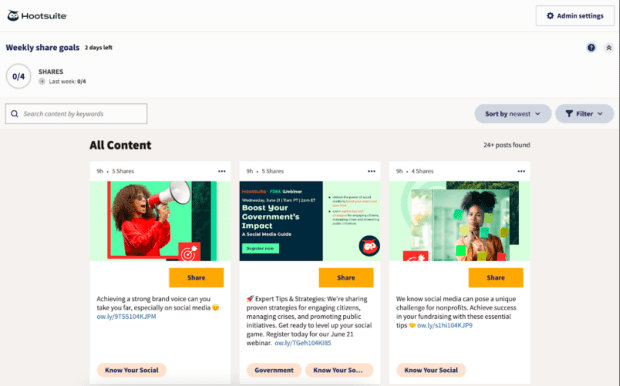


Hootsuite Amplify is available for both mobile and web users. It helps employees share your message on Facebook, LinkedIn, Twitter, and Instagram. Based on the settings you choose, they can even share to other platforms, like WhatsApp and SMS.
The easy-to-use admin tools allow you to customize permissions and tags. Employees can stay connected to the stories and news they care about most, resonating across different departments, divisions and regions.
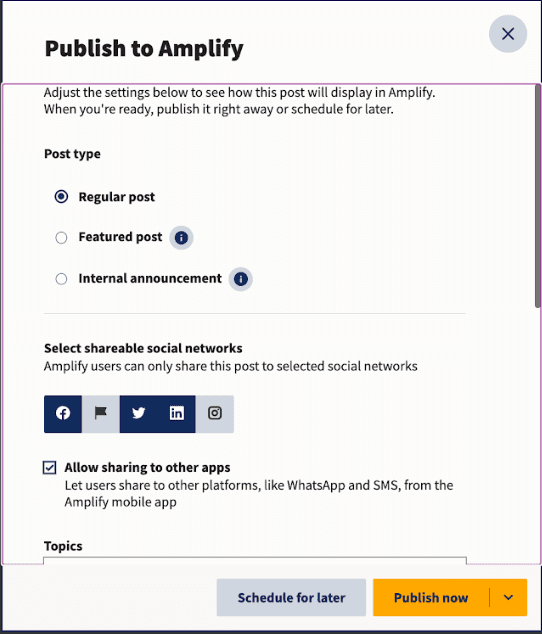


Within Amplify, you can also create an internal communications feed. This can be used to:
- reinforce your culture
- highlight thought leadership
- reward your most passionate employee advocates
- share company announcements
You can also integrate Amplify with the internal communications tools you already use, like Microsoft Teams and Slack.
For organizations in regulated industries, Amplify removes barriers to social sharing by integrating with ProofPoint, a leading social compliance tool. When risk is mediated, employees feel empowered to share their work (and work life) on social.
Since it’s integrated into Hootsuite, Amplify also gives admins and employees access to Hootsuite’s built-in AI tools for generating content ideas and adapting captions. And, of course, Amplify includes expensive analytics, so you can monitor the top stories and content shared by your organization and track the ROI of your advocacy program.
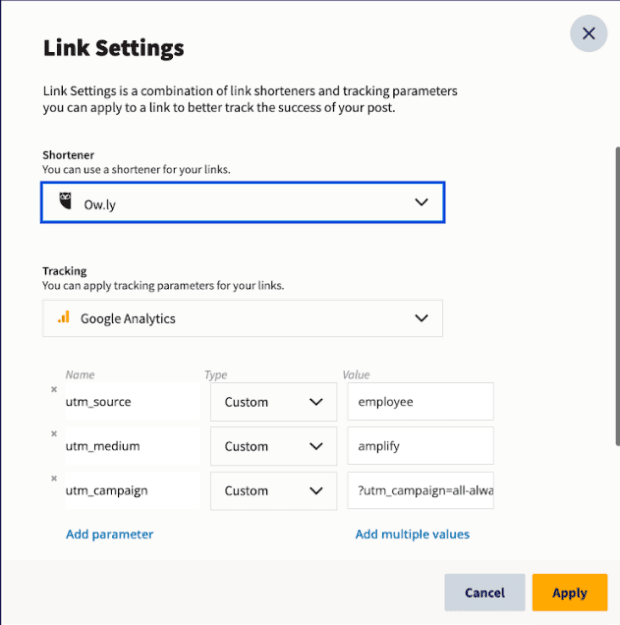


2. LinkedIn’s My Company tab
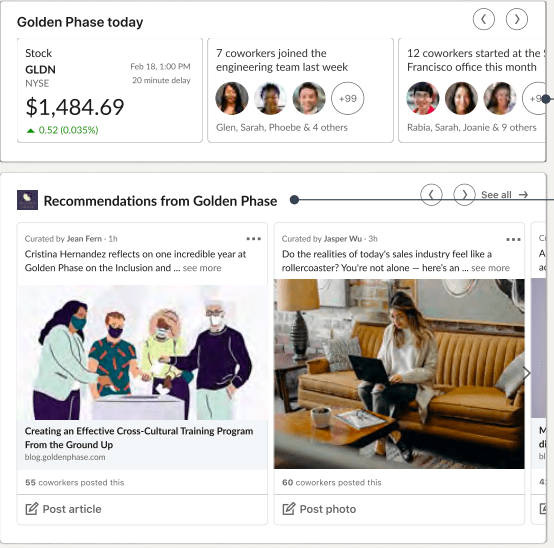


Source: LinkedIn
The components of LinkedIn Elevate that were folded into Company Pages now live on your organization’s My Company tab. It’s an internal communications space for employees only.
Within the My Company tab, admins can post organic and curated content for employees to share with their own networks. This is two-way amplification: Employees can share recommended company content, and company admins can recommend employees’ content for others to share.
There’s also a section for trending coworker content, where employees can interact with content from all their coworkers, whether or not they are directly connected on LinkedIn.
However, there are no built-in advocacy tools here for Facebook or Instagram, so content can only be shared within LinkedIn or to X (formerly Twitter). This is a significant limitation, especially for B2C brands.
Note The My Company tab is only available for Pages with 200 employees or more, as listed under company size.
3. GaggleAMP
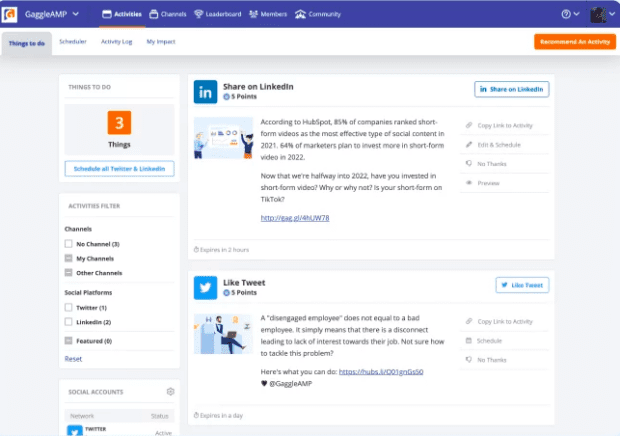


Source: GaggleAMP
GaggleAMP is a standalone employee advocacy tool. Your employees connect their social channels directly to GoogleAMP, rather than to your existing social media management platform.
When your company admin posts new content, employees can get a push notification on the mobile app, or they can get an email digest of new content. It has built-in leaderboards and content functionality to encourage sharing. Employees can also be rewarded for liking or otherwise engaging with brand content.
Tap into the power of employee advocacy with Hootsuite Amplify. Increase reach, keep employees engaged, and measure results—safely and securely. Learn how Amplify can help grow your organization today.
Hootsuite Amplify makes it easy for your employees to safely share your content with their followers—boosting your reach on social media. Book a personalized, no-pressure demo to see it in action.

